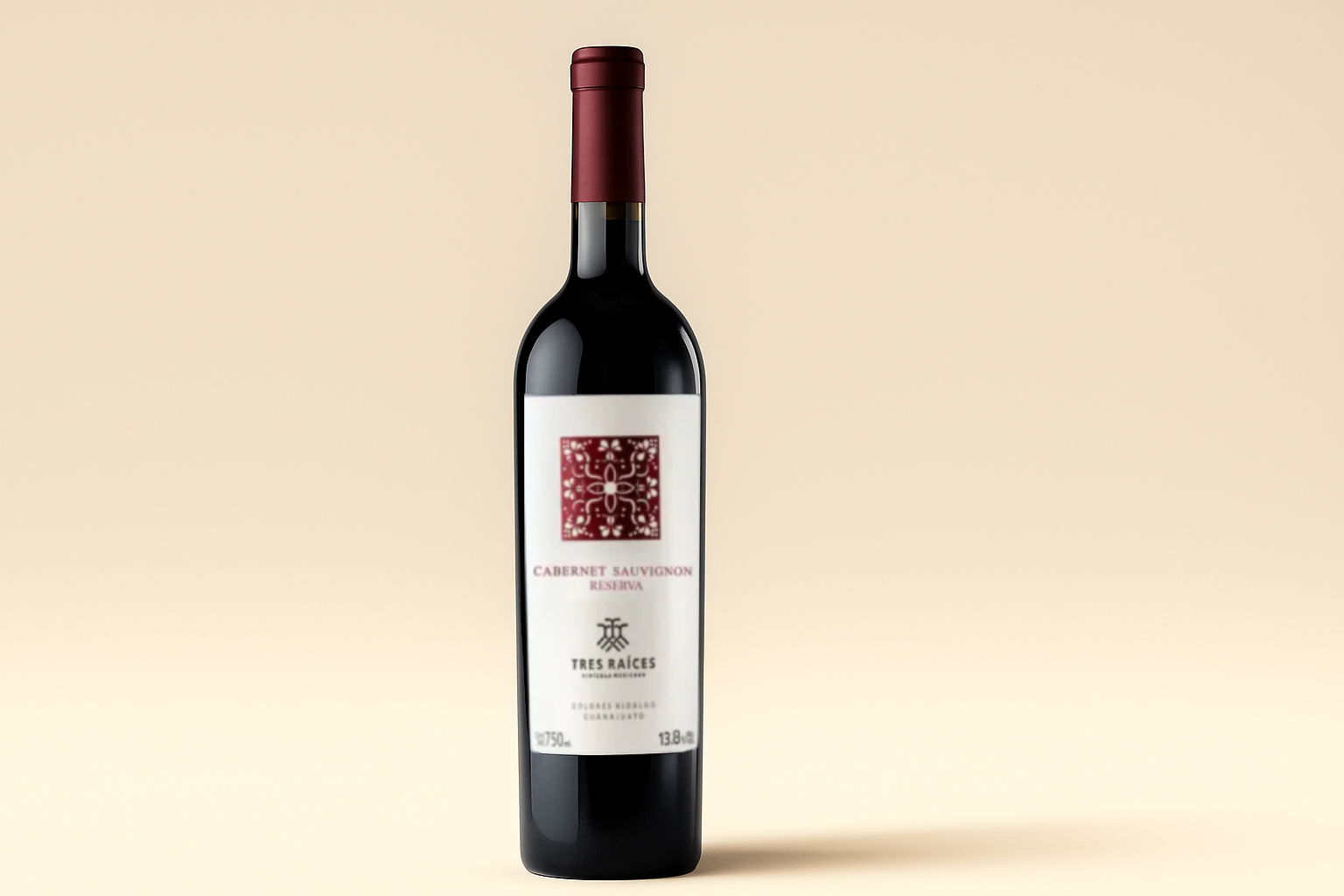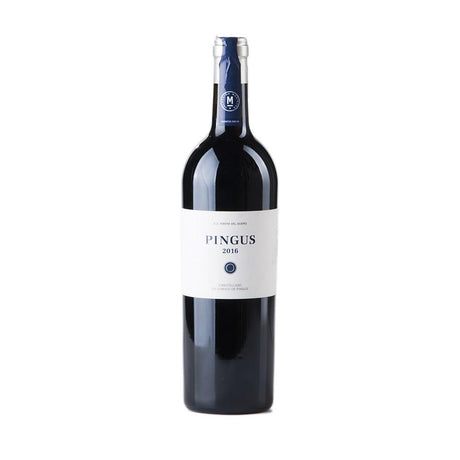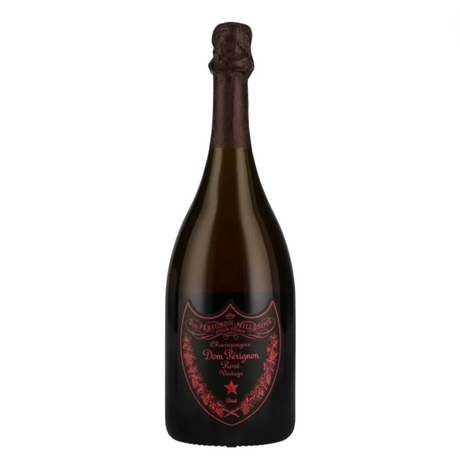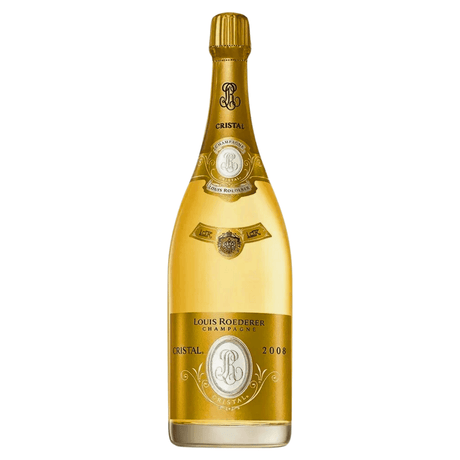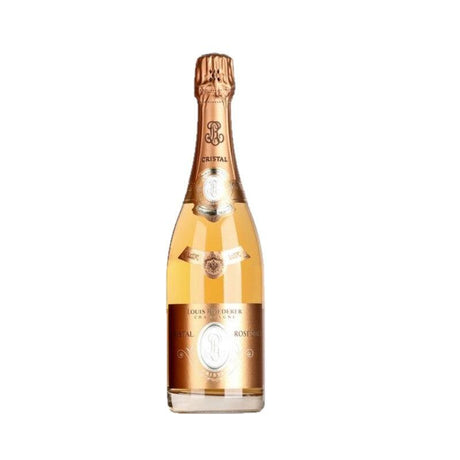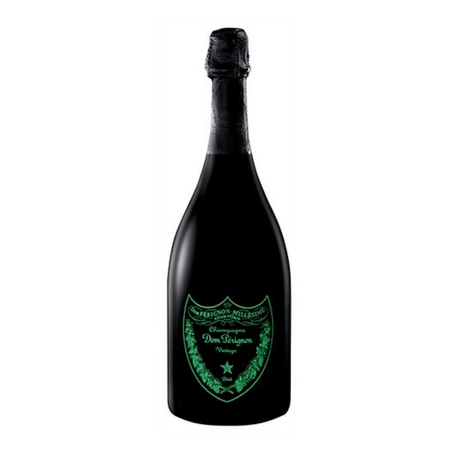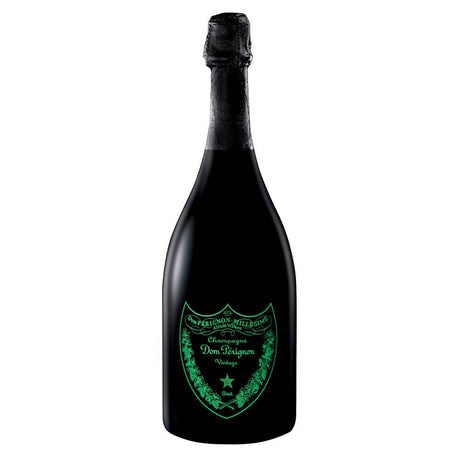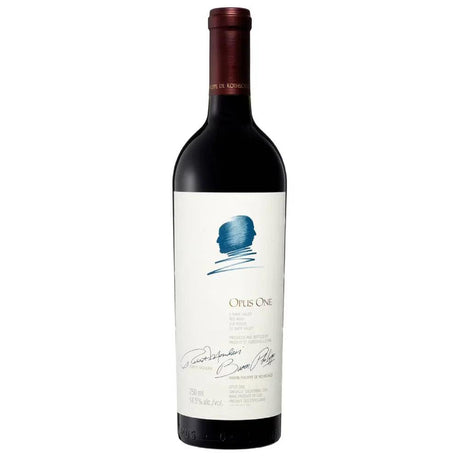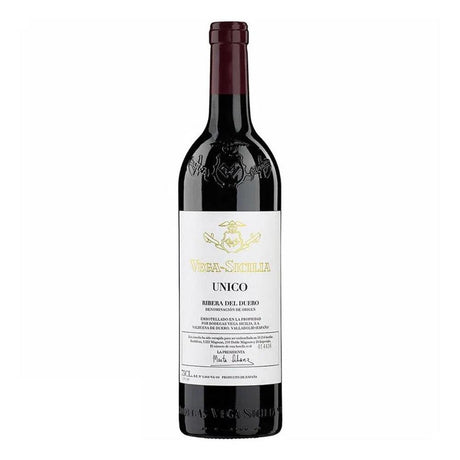History, science and tradition of red wine
A detail with centuries of history
When we think of a wine bottle, most of us picture an elegant silhouette of green or dark amber glass. But have you ever wondered why wines, especially reds, aren't bottled in clear glass?
This choice is neither accidental nor aesthetic: it has a history that mixes science, tradition and cultural evolution that began more than three centuries ago.
The use of dark glass as a wine container dates back to 17th-century Europe , when the development of coal-fired furnaces made it possible to manufacture stronger, more opaque bottles. Before that, wine was stored in clay amphorae or wooden barrels, without protection from light or oxygen.
It was in England that the first producers began to notice that wine bottled in green glass better preserved its color, aroma, and flavor. Merchants and winemakers observed that wines stored in clear bottles lost intensity and oxidized more quickly. Thus was born one of the most important traditions in the history of winemaking.
The science behind the dark color
The main reason why red wine is stored in dark bottles is protection against ultraviolet (UV) light .
Direct exposure to light, especially sunlight or fluorescent lights, can alter the aromatic and phenolic compounds of wine, causing a phenomenon known as " lightstruck " or " light-affected wine ".
This effect is more common in white or sparkling wines, but it can also damage red wines, changing their fruity notes and color.
The dark glass acts as a kind of "sunscreen", blocking up to 90% of UV rays and ensuring that the wine maintains its integrity during storage and transport.
A dark green bottle can extend the shelf life of wine up to three times longer than a clear one, depending on light and temperature conditions.
Why red wines in particular?
Red wines have a higher content of tannins and polyphenols , substances that react easily to light and oxygen.
Therefore, protecting them with dark glass helps to maintain their organoleptic characteristics: body, deep color and aromas of ripe fruits, leather, wood or spices.
Furthermore, red wine is usually aged in the bottle , a process where every variable—including light—influences its evolution.
For this reason, wineries use dark glass not only for protection but also as a symbol of maturity and sophistication. In contrast, some young white or rosé wines are bottled in clear glass to highlight their color, as they are intended to be consumed soon.
From green glass to modern aesthetics
Historically, green glass became the predominant color because it was the easiest and cheapest to manufacture .
During the glass melting process, the iron present in the sand gave it a natural greenish hue.
Over time, this color became associated with quality wines, to the point that today it is almost a visual hallmark of traditional red wine.
However, there are also variations:
-
Dark olive green: common in aged red wines.
-
Amber or brown: used in some white and fortified wines.
-
Glossy black: a modern, aesthetic and 100% protective choice.
In France, during the 19th century, the Bordeaux region was the first to standardize the dark green bottle as the official format for its red wines, establishing a model that would soon be imitated by Italy, Spain and then the rest of the world.
A symbol of elegance and preservation
Beyond its technical function, the dark bottle has also acquired symbolic value . It represents tradition, maturity, and respect for wine.
When a winery chooses a dark-colored bottle, it communicates that its wine is intended to last, evolve, and be enjoyed calmly.
Today, even with advances in UV-treated glass, many wineries maintain the dark tint due to cultural heritage and its association with premium quality .
How to properly store your red wine
Even with a dark bottle, storage remains key:
-
Avoid direct light (natural or intense artificial).
-
Maintain a constant temperature between 12 and 18 °C.
-
Store the bottles horizontally to keep the cork moist.
-
Avoid vibrations or constant movements.
At Vinos – Vinosylicores.com , you can find red wines with ideal preservation processes for aging, from Mexican labels like Casa Madero to international classics like Château La Croix de Grézard or Punti Ferrer .
The dark color of the wine bottle is not a simple aesthetic choice, but the result of centuries of tradition, discovery, and science.
It originated in Europe as a practical necessity and transformed into a symbol of elegance.
Today, every time you uncork a green or amber bottle, you are participating in a story that began more than 300 years ago.
